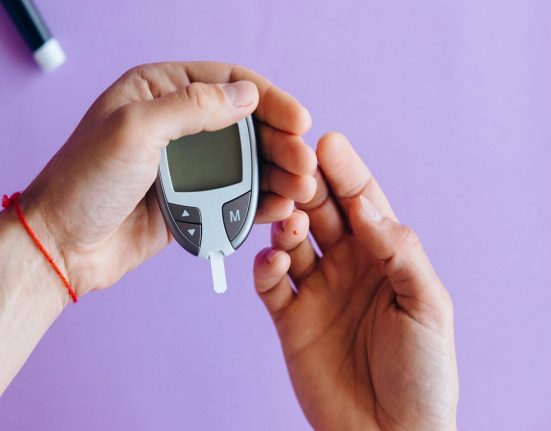Cavities are a widespread problem. More than half of American adults have them, yet they’re often overlooked. In this article, we’ll dispel some common myths and share facts about cavity care.
Myth: If my teeth don’t hurt, they’re fine
Wrong. Decaying teeth don’t necessarily hurt. It’s the expensive treatment one will need if the tooth decay isn’t caught early that hurts. That’s why regular checkups are so important.
Fact: Consuming too much sugar causes cavities
Yes, sugar can cause cavities. But it’s not just the kind of sugar used in coffee or candy. One also needs to worry about a different kind of sugar — the kind found in bread, pasta, and other carb-heavy foods.
Sugar in one’s diet interacts with the bacteria already present in one’s mouth to produce acids that can eat away at one’s teeth. First, plaque begins to form on the teeth. As people eat more and more carbohydrates, plaque turns into acid. Over time, the acid wears a hole in one’s tooth. When that happens, cavities are sure to follow.
That’s why it’s important to brush one’s teeth for at least two minutes, floss once a day, and rinse with mouthwash.
Myth: Sugar-free soda doesn’t cause cavities
False. One’s teeth aren’t just at risk from sugar. Anything that makes the mouth more acidic can cause tooth decay. Diet sodas are just as harmful as any other kind of soda.
Fact: Once a cavity begins, it cannot be reversed.
Experts say that enamel—the hard outer layer of a tooth—can get some of its minerals back. This means that one can slow down, or maybe even stop, tooth decay. That said, if the decay penetrates the enamel, the tooth structure becomes compromised. Once the bacteria goes halfway through the enamel, it becomes necessary to have a cavity filled.
Myth: The brown spot on one’s tooth is a cavity.
Not always. Sometimes decay starts, but then the enamel hardens again and is now discolored. It’s not necessarily a cavity.
Fact: A tooth that’s been filled can still get a cavity.
People who care for their teeth carefully can make them last a long time. But even then, fillings can get worn or broken down, and cavities can form around the edges — nothing is permanent.
Myth: A filling will last a lifetime
A filling might last as long as ten years. But they won’t last forever, so one should go back for a checkup at least every few years.






